Understanding Hybrid Vehicles: The Four Main Types
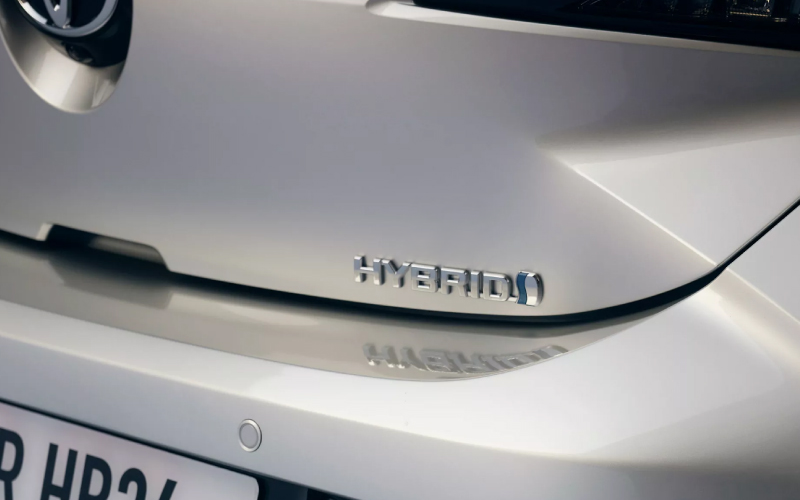
We know that hybrid electric vehicles (HEVs) are somewhere in between a normal petrol or diesel car and a fully electric vehicle. Though what are the different types, and how do they all work?
- Hybrids are a type of electric vehicle (EV) which combine a petrol or diesel engine with an electric motor.
- There are different types of hybrids, with each working differently. These include full hybrids, mild hybrids, plug-in hybrids, and those with a range extender.
- Hybrids make a great option for those who aren’t ready to make the full switch to electric motoring. They offer a driving experience similar to that of a petrol or diesel car. Plus, you still get to enjoy benefits like lower emissions and reduced road tax.
Table of Contents
2. What are the different types of hybrids?
7. Explore hybrid taxis at The Taxi Centre
When it comes to electric cars, some drivers just aren’t ready to make the switch. Going from driving a petrol or diesel car to a fully electric one can feel daunting and perhaps too much of a change.
That’s where hybrid vehicles come in. These vehicles allow you to drive much the same as you would with a normal petrol or diesel car, some without the need to plug in and recharge.
Although quite a simple concept originally, hybrids can be a bit confusing nowadays with the different types. With full, mild, plug-in hybrids and more, it can seem tricky to know which one is for you.
That’s why we’ve put together this guide to the four main types of hybrid vehicles, so you can make an informed decision. Read on to become a hybrid expert!
What is a hybrid vehicle?
First off, it’s probably worth starting by looking into the definition of hybrid vehicles so we can begin to understand how they work.
A hybrid electric vehicle (HEV) is a form of electric vehicle that combines a petrol or diesel engine with an electric motor to drive the wheels.
Hybrids cleverly recapture energy normally lost when braking (known as regenerative braking). They then use this to help charge the battery on the go.
This means that with some hybrids, you don’t even need to plug in to recharge. The fuel-powered engine also helps to combat the feeling of range anxiety that is often associated with battery electric vehicles (BEVs).
Plus, when driving in electric mode, hybrids can help you enjoy lower road tax thanks to reduced tailpipe emissions.
What are the different types of hybrids?
As we mentioned earlier, there are a few specific types of hybrid vehicles. These tend to work slightly differently when it comes to driving and recharging. These are:
- Full hybrids
- Mild hybrids
- Plug-in hybrids
- EV with a range extender
1. The full hybrid
Full hybrid electric vehicles (FHEVs) are perhaps the most versatile of all hybrids. They can run solely on the combustion engine, electric power, or a combination of the two.
The process of regenerative braking will also help restore energy, sending this back to the battery.
The all-electric mode will typically be used at lower speeds of around 30mph. Meanwhile the combustion engine is used during motorway driving or longer journeys.
Though you’ll still need to fuel up at the pump, full hybrid vehicles are incredibly efficient allowing you to reduce your emissions. The electric motor also takes the weight off the engine, delivering better fuel economy.
The Toyota Corolla is a great example of a full hybrid. It follows in the footsteps of the highly popular Prius which has been noted as the first full hybrid electric vehicle. The Corolla is a hybrid estate that offers an innovative, fuel-efficient powertrain.
The 1.8-litre version offers an excellent 63mpg, giving you more miles per gallon. With up to 140bhp it’s also nippy when you need it to be, and with CO2 emissions of 101g/km you’ll see a welcome decrease in your road tax.
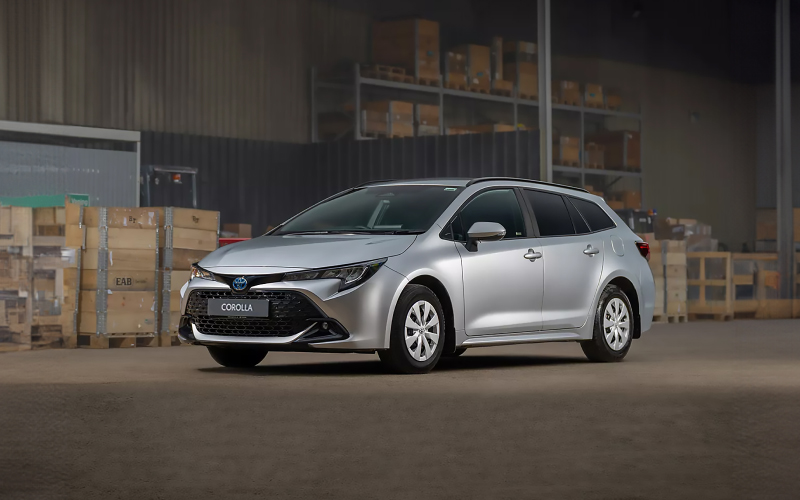
The 2023 Corolla has received quite the facelift for this year, including new headlights, a redesigned bumper and new alloy wheels. Read more about what's new with the 2023 Corolla.
2. The mild hybrid
Mild hybrids work differently from full hybrids. The electric motor and combustion engine will always work alongside each other (in parallel).
The mild hybrids cannot run on power purely from the electric motor or the engine. Instead, they will utilise regenerative braking to harness and reuse energy lost during deceleration.
Mild hybrids will also usually have stop/start functionality, and similar to a hybrid, they still offer great mpg compared to a traditional petrol or diesel vehicle.
If you’re looking for a mild hybrid, the Skoda Octavia e-TEC sure stands out from the crowd. The 1.0-litre TSI 95 SE petrol hatchback version perfectly combines a compact profile with a spacious interior. Plus, it comes with all the advanced technology needed for a practical, efficient drive.
If you want to avoid time spent at a charging station, the Octavia hybrid will be happy to oblige with its self-charging battery.
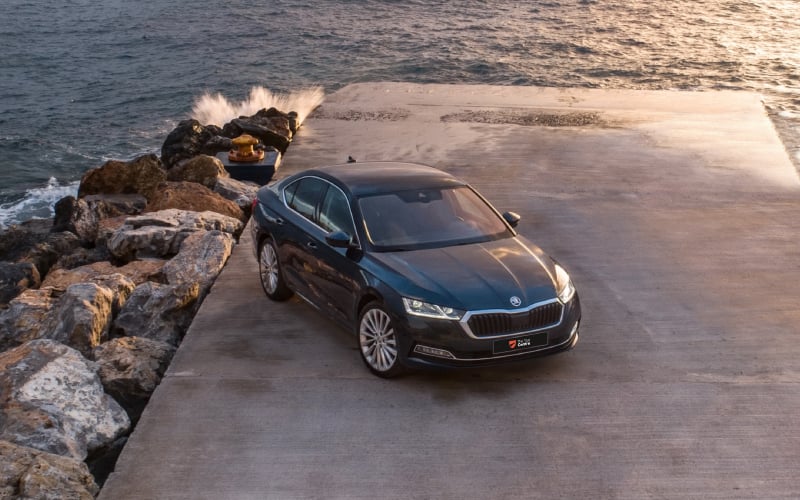
For more information on this handy hatchback, Read our Skoda Octavia review.
3. The plug-in hybrid
As its name suggests, plug-in hybrid electric vehicles (PHEVs) need to be plugged in to recharge the battery.
The plug-in hybrids usually feature a much larger battery which allows them to be driven in all-electric mode for longer than other types.
With a PHEV, you can often switch between different driving modes to prioritise the amount of electric power used. This can be especially handy when driving into cities with Low Emission Zones (LEZs) in operation.
The Kia Niro plug-in hybrid is increasingly popular in this category. The model offers smooth handling, spacious interior, and generous storage despite its compact silhouette.
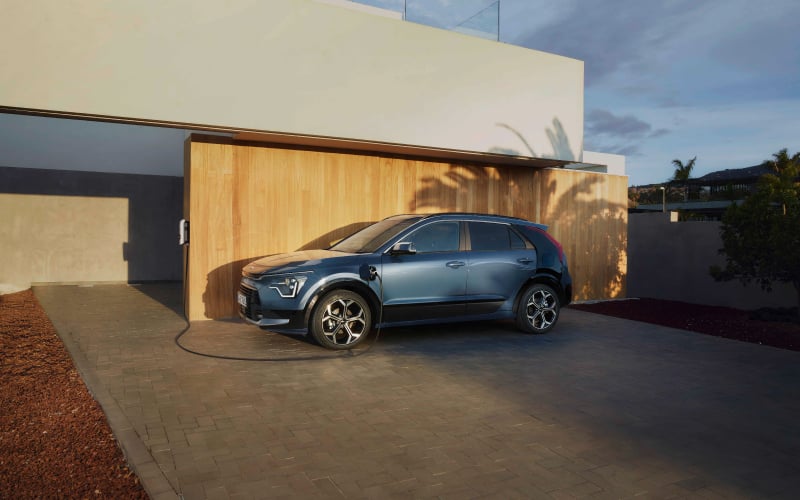
What’s more, you can charge it from 20-80% in less than 60 minutes using a rapid charger above 22kW, making top-ups more convenient. Alternatively, you can charge the KIA Niro up to 100% in around 2-5 hours using a home charger.
On the go, you’ll also have access to a public charging network of over 45,000 charging points across the UK . Many of these are also rapid speed chargers, meaning you’ll be back on the road in no time.
4. The EV with range extender
This last one is a newer type of hybrid seen in recent years, consisting of an electric battery and a range extender. This is a small, usually petrol engine, which acts as a reserve for when the battery level depletes.
With this type of hybrid, it is always electrically driven - though not fully electric by nature. The LEVC TX taxi is one of these vehicles, utilising e:City technology to provide a flexible, versatile driving experience.
This consists of a drive battery, plug-in chargers, drive motor, and current inverter and enables three different driving modes: Smart, Save, and Pure EV.
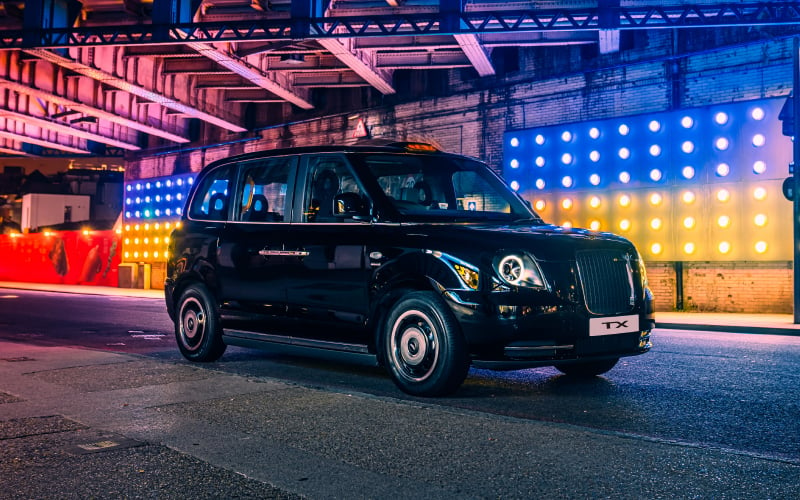
Smart mode is designed for everyday use and uses as much energy from the battery as possible before engaging the range extender. This is useful for intercity journeys when driving at higher speeds, as it is more efficient than pure electric power.
Save mode enables you to conserve the current battery capacity for later use and is particularly handy for commuting to the city. With this mode, you can save your battery for emissions-free driving in the city and avoid congestion zone charges.
Pure EV mode does what it says on the tin. It allows you to drive using 100% electric power with zero emissions while saving on fuel.
You also needn’t worry about your charge running out suddenly. The TX will prompt you to select a different driving mode once the battery depletes significantly.
Explore hybrid taxis at The Taxi Centre
Thinking about going hybrid for your next taxi? At The Taxi Centre, we have a range of new hybrid taxis ready for you to explore.
We offer these at competitive prices, with a selection of finance packages available that suit your budget.
Need help deciding? Feel free to contact our friendly sales team who will be able to help you find the perfect hybrid taxi for your needs.
FAQs about hybrid vehicles
What are the four main types of components of a typical hybrid system?
Hybrid cars usually have four main components including:
- An internal combustion engine
- An electric battery
- An electric motor
- A power control unit
What is the difference between hybrid and PHEV?
Hybrids can be driven like most conventionally powered cars, whereas plug-in hybrids only offer a limited electric range. These models will need to be plugged in to recharge the battery.
How do I choose a hybrid car?
When choosing a hybrid car, you’ll want to think about which best suits your driving preferences. If you want a driving experience closer to that of a normal petrol or diesel car, you may be interested in exploring full or mild hybrid cars. Alternatively, if you want to avoid congestion zone charges, lower your emissions, and save on fuel, a plug-in hybrid may be more suitable for you.
The best way to decide is to book a test drive to get a feel for the different hybrid cars available. Get in touch with a member of our friendly team who will be happy to arrange this for you.
At what speed do hybrid cars switch from battery power to petrol power?
Generally, battery power is most efficient when traveling at lower speeds. Meanwhile petrol power is more practical for driving at higher speeds, such as motorway driving. The petrol engine will therefore kick in once a certain speed is reached, though there is no set speed for all hybrids.
What is the point of a self-charging hybrid?
Self-charging hybrids allow for a more economical drive that is less harmful to the environment. The self-charging system will monitor the level of the battery and switch between electric and petrol power. This is to maximise engine efficiency which can save you significantly in fuel costs.